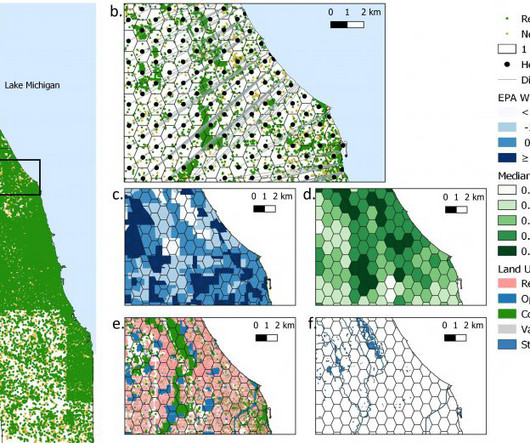The power of geographic information systems: bringing data to life with maps
Futurum
APRIL 12, 2023
When I was younger, I always loved math and science. I was especially interested in meteorology and astronomy – I love everything to do with the sky and weather. I soon realised I was more interested in biology because you can see the systems you are working with, so I switched degrees.










Let's personalize your content